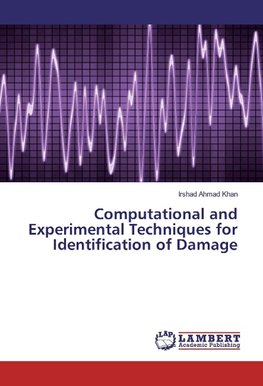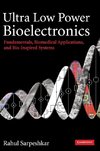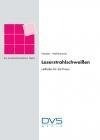
-
 Anglický jazyk
Anglický jazyk
Computational and Experimental Techniques for Identification of Damage
Autor: Irshad Ahmad Khan
Mostly the structural members and machine elements are subjected to progressive static and dynamic loading and that may cause initiation of defects in the form of crack. That may lead to catastrophic failure or collapse of the structures. Thereby the importance... Viac o knihe
Na objednávku, dodanie 2-4 týždne
64.71 €
bežná cena: 71.90 €
O knihe
Mostly the structural members and machine elements are subjected to progressive static and dynamic loading and that may cause initiation of defects in the form of crack. That may lead to catastrophic failure or collapse of the structures. Thereby the importance of identification of damage in the structures is not only for leading safe operation but also to prevent the loss of economy and lives. The structural steel is widely used in various engineering systems such as bridges, railway coaches, ships, automobiles, etc. The glass fiber reinforced epoxy layered composite material has become popular for constructing the various engineering structures due to its valuable characteristics such as higher stiffness and strength to weight ratio, better damage tolerance capacity and wear resistance. The various automated artificial intelligent techniques such as fuzzy controller, neural network and hybrid AI techniques based multiple faults diagnosis systems are developed using vibration response of cracked cantilever beams. The Computational techniques, numerical and experimental methods can be successfully used as damage assessment tool to identify the faults presents in structural members.
- Vydavateľstvo: LAP LAMBERT Academic Publishing
- Rok vydania: 2017
- Formát: Paperback
- Rozmer: 220 x 150 mm
- Jazyk: Anglický jazyk
- ISBN: 9783330085565








 Nemecký jazyk
Nemecký jazyk 


